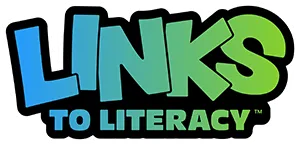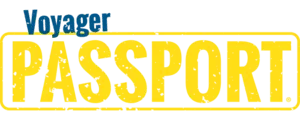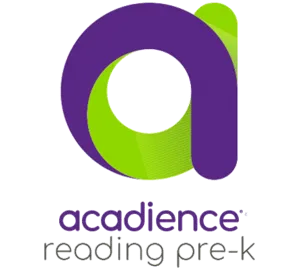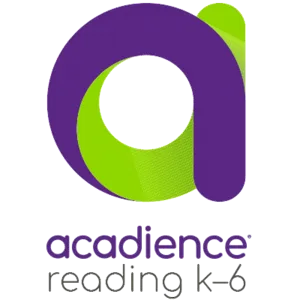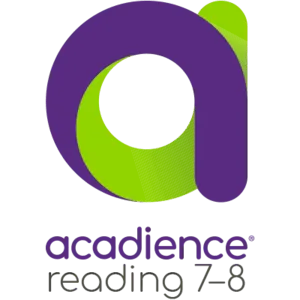
Why is Reading Intervention Necessary?
Current research about literacy shows that few students acquire reading naturally, and that most students benefit from explicit and direct, structured instruction. *Since learning to read is not a natural, but learned skill, some students will have difficulty. With this in mind, educators should use the most effective core reading and ELA instruction with additional targeted, evidence-based intervention for struggling students.
While most young student’s reading problems can be attributed to poor foundational skills in phonological awareness, phonic decoding, and automatic word recognition, some students develop reading difficulties later, in the upper elementary grades, when text becomes more difficult and students shift from learning how to read to learning and comprehending new content from text. **Students may fall behind because they cannot decode multisyllable words, interpret the vocabulary and sentence structure of academic text, or make the required inferences. Once students fall behind, they are unlikely to progress or catch up unless intensive, appropriate intervention is provided. ***
Voyager Sopris Learning® provides evidence-based solutions to intervene and provide essential diagnostic instruction for K–12 students who struggle with reading and literacy.
What is Reading Intervention?
- A Multitiered System of Support (MTSS) established to create Response to Intervention (RtI) models for effective district, school, and classroom support for at-risk students******
- Scaffolded instruction to provide modeling and guided support
- Targeted evidence-based instruction of critical priority reading skills in addition to core instruction
- A structured, systematic framework of instruction to support skill deficits in the five essential components of reading: *******
- Phonology/phonemic awareness
- Phonics
- Vocabulary
- Comprehension
- Fluency
- A data-driven understanding of what students know and what they need to know through ongoing diagnostic support and differentiation for student growth and achievement
Reading intervention often includes writing because reading and writing are reciprocal skills.


What Do We Understand about Reading Instruction and Intervention?
According to ****RtI Action Network, researchers have confirmed that:
- About 80 percent of students respond to high-quality, evidence-based reading instruction
- About 20 percent of students need more than 30 additional minutes of evidenced-based, small-group, targeted daily instruction to intervene for success
- About 5 percent of students require the most intensive intervention requiring very small groups with multiple supports
Who Benefits from Reading Intervention?
- General Education students
- English language learners
- Special needs students
All students who struggle with learning to read benefit from additional time and focus on priority literacy skills necessary for academic growth. Early intervention is recommended because 70 percent of poor readers, ages 9 and older continue to have reading difficulties into adulthood if instructional needs are not addressed. *****
What are the Characteristics of Students Needing Reading Intervention?
- Students who struggle with learning the alphabetic code
- Students who have not easily developed skills necessary for decoding and spelling words
- Special needs students requiring explicit and direct instruction in reading and writing
- Students who score below the 40th percentile on standardized assessments
- Students who are two or more years behind their grade-level peers
Reading Intervention Solutions
Reading Intervention Solutions
References:
* National Reading Panel, 2000
** Leach, Scarborough, & Rescorla, 2003; Slavin, Cheung, Groff, & Lake, 2008
*** Deshler, Palinscar, Biancarosa, & Nair, 2007; National Association of State Boards of Education, 2005; Torgesen, 2004
**** RtI Action Network. Retrieved from http://www.rtinetwork.org/learn/research/response-to-intervention-research-is-the-sum-of-the-parts-as-great-as-the-whole
***** The Science of Reading Research. (2002). Retrieved from http://www.ascd.org/publications/educational-leadership/mar04/vol61/num06/The-Science-of-Reading-Research.aspx
******Response-to-Intervention Research: Is the Sum of the Parts as Great as the Whole? (2010) . Retrieved from http://www.rtinetwork.org/learn/research/response-to-intervention-research-is-the-sum-of-the-parts-as-great-as-the-whole
*******Learning Disabilities and Early Intervention Strategies. (2002). Retrieved from http://archive.brookespublishing.com/documents/Birsh_4e_excerpt.pdf
